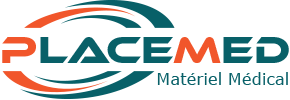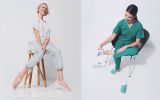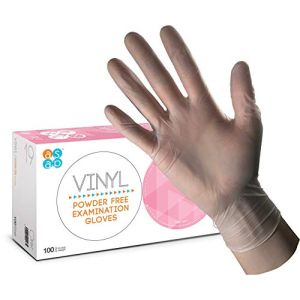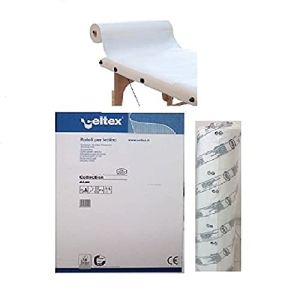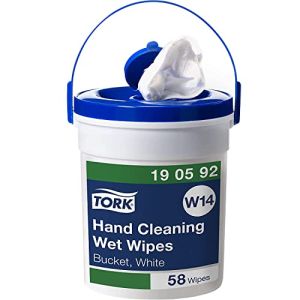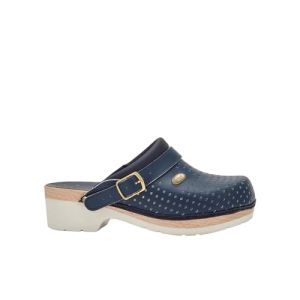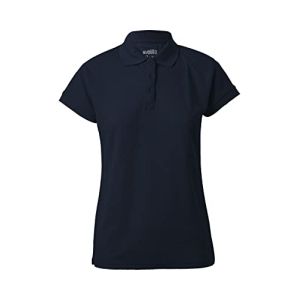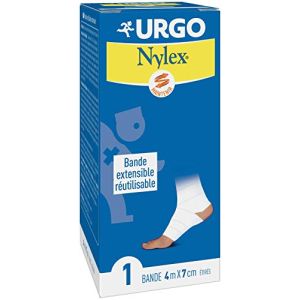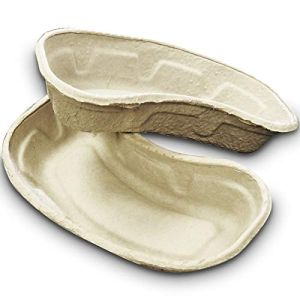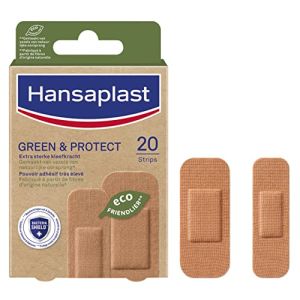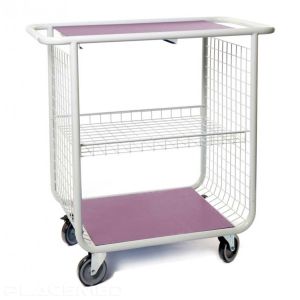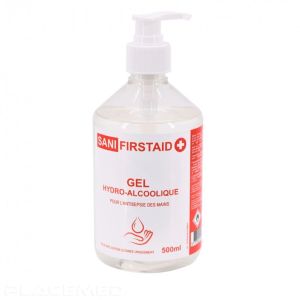Evaluating the Value for Money of Medical Clothing
Investing in quality clothing is important for healthcare professionals to ensure comfort, durability, and professionalism. However, it is equally important to make sure that this investment provides good value for money. In this article, Placemed offers a clear methodology to evaluate whether a product effectively meets your expectations while staying within your budget.
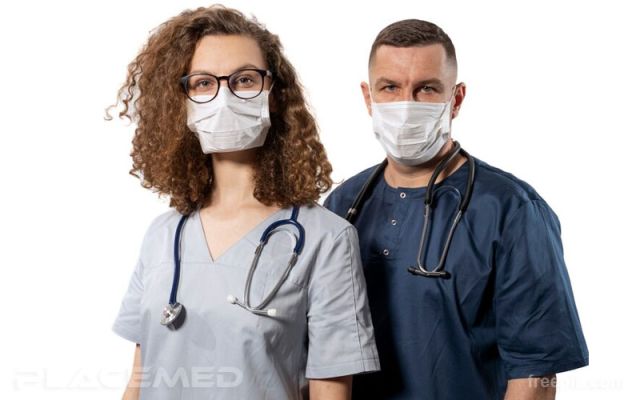
1. Understanding the Quality Criteria for Medical Clothing
Before evaluating value for money, it is essential to understand what defines quality in medical clothing.
1.1. Materials and Durability
Medical clothing is often subjected to frequent washing and demanding environments. The materials used play a crucial role in the durability and longevity of the attire. Cotton, for example, is appreciated for its softness and breathability, but it may shrink and wear out faster than polyester. Polyester, on the other hand, offers better resistance to repeated washing and maintains its shape.
1.2. Comfort and Ergonomics
Comfort is paramount, especially for healthcare professionals who spend long hours standing. Features such as a fitted cut, stretch fabrics, and ergonomic soles in footwear help reduce fatigue and improve overall well-being.
1.3. Functionality and Practicality
Medical clothing must be functional. This includes well-placed pockets for essential tools, sturdy zippers, and easy-to-clean fabrics. Specific properties, such as antimicrobial or stain-resistant features, also add significant value.
2. Identifying the Cost Factors in Medical Clothing
To correctly assess value for money, it's important to understand the different factors that influence the cost of medical clothing.
2.1. Materials Used
High-quality materials, such as cotton-polyester blends or technical fabrics, are often more expensive due to their durability and advanced properties. Conversely, less durable materials may be more affordable but require more frequent replacements.
2.2. Design and Features
Clothing with multiple features, such as numerous pockets, reflective inserts, or innovative closure systems, tends to be more expensive. However, these features can improve functionality and safety, thus justifying the additional cost.
2.3. Brand and Reputation
Brands known for their quality and reliability may charge higher prices, but they often offer warranties and better customer service. Investing in a trusted brand can prove more economical in the long run due to the durability and support provided.
3. Methodology for Evaluating Value for Money
To determine if a product offers good value for money, follow this multi-step methodology:
3.1. Define Your Professional Needs
Identify the tasks you perform regularly and the specific requirements of your work environment. For example, if you work in a very humid environment, water-resistant and quick-drying clothing will be essential.
3.2. Compare Available Products
Use comparison charts to evaluate the different options on the market. Compare features, materials, prices, and customer reviews to get a comprehensive view of available options.
3.3. Analyze Features vs. Price
Evaluate whether additional features and material quality justify the cost. For instance, a more expensive medical pant with stretch fabric and multiple pockets may provide better comfort and functionality, making it a worthwhile investment.
3.4. Consider Durability and Longevity
Calculate the cost per use based on the estimated lifespan of the garment. More expensive but durable clothing may be more economical in the long run than cheaper options requiring frequent replacements.
4. Case Studies: Practical Evaluation Examples
To illustrate the methodology, let's look at some practical examples:
4.1. Comparison Between Two Popular Brands
Suppose you are comparing two brands of medical tunics: Brand A at €50 and Brand B at €70. Brand A offers basic cotton tunics with few features, while Brand B provides cotton-polyester blends with multiple pockets and antimicrobial properties.
By evaluating the cost per use and durability, Brand B may offer better value for money due to its enhanced durability and additional features, despite the higher initial price.
4.2. User Feedback Analysis
Healthcare professionals who have used both brands share their opinions. Those who opted for Brand B note better longevity and superior comfort, leading them to prefer the higher initial investment.
5. Tips for Maximizing Value for Money
- Buy in Bulk or During Sales: Purchasing medical clothing in bulk or taking advantage of sales can significantly reduce the unit cost.
- Opt for Certified and Quality Products: Certifications ensure that the clothing meets safety and quality standards, providing better durability.
- Proper Care and Maintenance: Follow care instructions to extend the lifespan of your clothing. Good maintenance reduces the need for frequent replacements.
6. Where to Find Medical Clothing Offering Good Value for Money
To ensure good value for money, it's essential to choose reliable and specialized sources:
- Specialized Online Stores (such as Placemed): Access a wide selection of quality medical clothing, with the option to compare prices and read customer reviews.
- Specialized Physical Stores: Try on clothing before purchase and benefit from personalized advice from expert sales staff.
- Reputable Brands: Choose brands known for their quality and durability, ensuring long-term use.
- Promotions and Special Offers: Look out for promotions to purchase quality clothing at advantageous prices.
7. FAQ
1. How can I tell if a medical garment is of good quality?
Check the materials used, the finish of the seams, the presence of certifications (like CE or ISO), and user reviews. A good medical garment should be comfortable, durable, and functional.
2. Is it better to buy branded or generic medical clothing?
Reputable brands generally offer better quality and guarantees, but generics can be a cost-effective option if the quality is comparable. Comparing features and reviews is essential before making a choice.
3. What are signs of poor-quality medical clothing?
Fragile seams, uncomfortable materials, lack of practical features, and absence of certifications are indicators of poor quality.
4. How do I calculate the cost per use of a medical garment?
Divide the purchase price by the estimated number of uses before replacement. This gives you an idea of the actual cost per use and helps you compare options more accurately.
5. What accessories can enhance the functionality of my medical clothing?
Additional pockets, badge holders, medical watches, and ergonomic accessories like pen clips can significantly enhance the functionality of your medical attire.
8. Conclusion
Evaluating the value for money of medical clothing is an essential step in making informed purchasing choices. By understanding quality criteria, identifying cost factors, and following a rigorous methodology, you can maximize your investment while ensuring comfort and durability. At Placemed, we offer a wide range of medical clothing that combines quality with competitive pricing to meet all your professional needs. Invest in high-quality clothing and enjoy optimized comfort and efficiency daily.
Your tips and personal experiences are welcome in the comments to help other professionals effectively maintain their work attire.
 Francais
Francais 